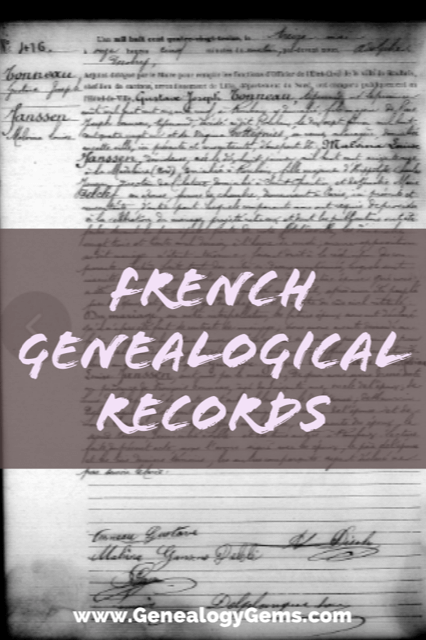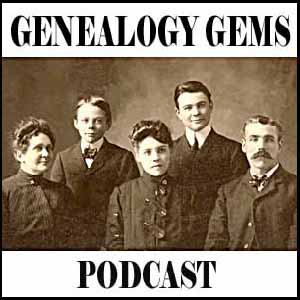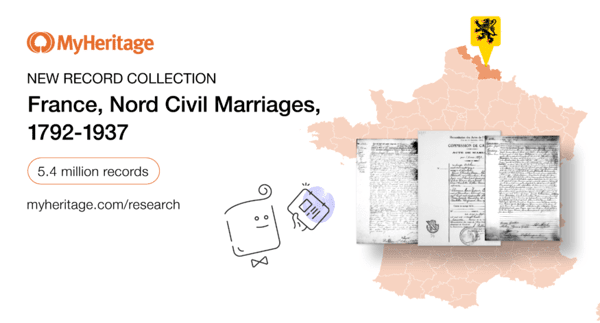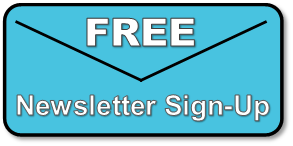MyHeritage Adds French Record Collection
MyHeritage is releasing a fantastic French record collection. It’s the France, Nord Civil Marriages, 1792-1937 collection which includes 5.4 million civil records of marriages (1792-1937) for the French department of Nord that were collected by government authorities after the French Republic was proclaimed in 1792.
Nord is in the far north of France. It was created from the western halves of the historical counties of Flanders and Hainaut, and the Bishopric of Cambrai.
What’s special about this collection? It contains a detailed searchable index that details you won’t find on other websites.
The collection is live in MyHeritage SuperSearch™. Start your search with the button below:
![]()
In this collection, you’ll find rich details about the bride, groom, and their families including:
- brides’ name
- groom’s name
- their birth dates
- birthplaces
- marriage date
- marriage location
- the names of the bride’s and groom’s parents — including their mothers’ maiden surnames!
- Additional information about the death of one or more of the parents
- witness names and details — often with recorded relationships to the bride and groom.
The collections provide robust coverage of during a span of 145 years making them a treasure trove of valuable family history information. They are sure to provide insight for anyone with roots in that region.
According to MyHeritage: “The index that we created for this collection is unique in that it lists information that isn’t available on any other website, such as the estimated birth years of the bride and groom, and the names of their parents.”
Higher Resolution Record Images
It’s not uncommon for more than one Genealogy Giants records website to have the same records. However, it’s always worth a look at both because sometimes the more recent collection will have better images sometimes thanks to newer technology. This collection on MyHeritage is a great example of that. This collection includes beautiful scanned images of every record in a higher resolution than can be found on some other sources.

Record example
Record Matches
The collection is available for searching on SuperSearch™. And if you’re a MyHeritage user, you will receive Record Matches from this collection as well. Record Matches might just reveal new information about your ancestors who appear in the records.
Discoveries Pages from MyHeritage

MyHeritage has just announced their new Discoveries pages. The Discoveries pages provide a unified experience for all matches, organizing them into two main pages: Matches by People and Matches by Source. Now, you can look at all the matches that were found for a particular individual in your family tree, all matches found in a particular collection of historical records, or a matching family tree. Whatever you choose to use, the new pages combine Smart Matches (matches with trees) and Record Matches (matches with records) into the same unified and consistent interface.
MyHeritage also displays the new information that each match provides, and matches are arranged by the value that they add to your family tree. Those matches that add the most value are listed first. This saves you time and allows you to focus on the most valuable matches. You can easily save all new and improved information to your family tree, as well.
The new Discoveries pages are easier to use, more intuitive, and much faster than the previous layout. Learn even more about the Discoveries pages in the official blog post, here.
Don’t Miss a Thing

Sign up for our free Genealogy Gems weekly newsletter and don’t miss a thing. We give you the heads-up on new technology, research techniques, and more.
CeCe Moore: DNA for Genealogy and Adoption and MORE on Free Genealogy Gems Podcast Episode 178
 The latest episode of the free Genealogy Gems podcast (Episode 178) has been released and it’s PACKED with gems you can use now to inspire your family history!
The latest episode of the free Genealogy Gems podcast (Episode 178) has been released and it’s PACKED with gems you can use now to inspire your family history!
 First, nationally-renowned genetic genealogist CeCe Moore joins me on the show to talk about using DNA for genealogy research, adoption, and the Finding Your Roots with Henry Louis Gates, Jr. TV show.
First, nationally-renowned genetic genealogist CeCe Moore joins me on the show to talk about using DNA for genealogy research, adoption, and the Finding Your Roots with Henry Louis Gates, Jr. TV show.
I love CeCe’s analogy of using different DNA test providers to “fish in different ponds.” She talks about using different types of genetic tests (autosomal, y-DNA or mDNA) to chase answers to specific genealogy research questions, and the importance of using test results together, not in isolation. Because autosomal DNA is coming onto so many people’s radar, I ask her to explain that in more depth–its uses and its limitations. CeCe shares her favorite tips for people who are getting started and gives us lots of great buy gout medication examples, including a helpful example for African-Americans who are trying to identify a genetic ancestor (who may also have had a slaveholder relationships with the family).

by British author Nathan Dylan Goodwin. Listen to the episode to hear what this mystery novel is about and why we chose it.
Finally, I share some fantastic new record sets that are online now and ready for you to explore, and a Genealogy Gems listener shares an important update on adoption records in Ohio.
 Click here to listen to the free Genealogy Gems Podcast episode 178. Click here to learn more about this free podcast and see an archive of past episodes. We recently celebrated more than 1.5 million downloads of our podcasts!
Click here to listen to the free Genealogy Gems Podcast episode 178. Click here to learn more about this free podcast and see an archive of past episodes. We recently celebrated more than 1.5 million downloads of our podcasts!
Genealogy Test Reveals Dad’s DNA Swapped in Artificial Insemination
 It’s not uncommon for genetic DNA tests to reveal that you’re not related to people you thought you were. But here’s a twist I’ve never heard before.
It’s not uncommon for genetic DNA tests to reveal that you’re not related to people you thought you were. But here’s a twist I’ve never heard before.
A family who had a daughter by artificial insemination of the husband’s sperm eventually decided to do some DNA testing for family history. Imagine the wife’s shock when she discovered that her husband and daughter shared no DNA!
They got a bigger shock when they did a little research. Apparently the biological father worked at the lab that handled the family’s insemination process. The man is dead now, but it appears he may have deliberately swapped in his own sample for the father’s.
Of course lots of questions have come up–including how many other children may have received the DNA of a man who was a convicted kidnapper.
My heart goes out to this family and to others who now fear their genetic fatherhood was hijacked. Read the full story here (it’s popped up in several news outlets now, but I first saw it at KUTV.com).


